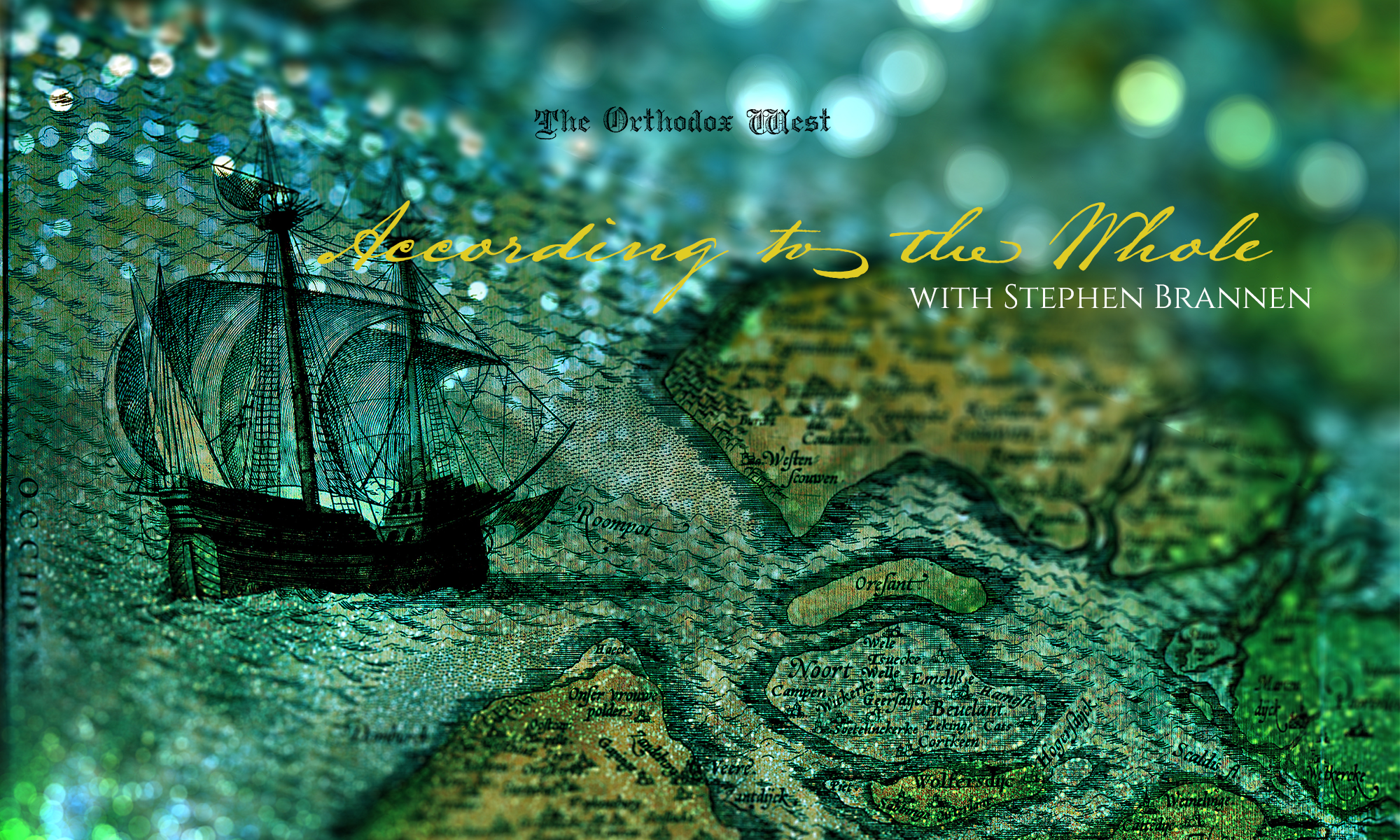The Death and Resurrection of Jesus Christ is the central event in the history of world, and its celebration is the preeminent feast day in the Christian year. But not all Christians today—and not even all Orthodox Christians—celebrate this most holy Feast on the same day. Whatever one’s feelings about cooperation between communions, or “ecumenism,” the fact is that the division between Christian communions on the dating of Pascha is a stumbling block to non-believers and should be felt as a scandal to us all. This division and scandal is hardly a new problem, however.
Continue reading “The Dating of Pascha and the Church’s Calendar”The Unlikely Alleluia
This year, something is happening on Christmas Eve that rarely happens: it falls on a Sunday. This is the only liturgical Vigil that is allowed to fall on a Sunday, as Vigils in the Western Rite are always penitential and preparatory in nature (fasting is prescribed and the liturgical color is purple). So in all other instances where a Vigil would fall on a Sunday (excepting the Vigil for Epiphany which simply gets replaced by the Mass of the Holy Name of Jesus), the Vigil gets anticipated and bumped back to Saturday or the first available day prior. Christmas Eve is entirely unique in being able to be celebrated on a Sunday. And when this does happen, aside from the fast being lifted, there is almost nothing that changes liturgically. . . . except for one particular Proper chant which is only ever sung in this instance. That chant is the Alleluia verse, which runs:
“Alleluia, alleluia. Tomorrow, the iniquity of the earth shall be done away: and the Savior of the world shall reign over us. Alleluia.”
[Latin] “Alleluia, alleluia. Crástina die delébitur iníquitas terræ: et regnábit super nos Salvátor mundi. Alleluia.“
Continue reading “The Unlikely Alleluia”Depicting the Trinity – Part 2
In my previous article on depicting the Trinity, which was initially intended as a stand-alone post, I reached the conclusion that Andrei Rublev’s masterful iconographic rendering of “the hospitality of Abraham” pictorial tradition was the height of Trinitarian visual depictions, in its mystical and symbolic highlighting of the divine attributes of the Triune Godhead. I argued in favor of this iconography as opposed to other various images of the Trinity which represented the Father as an old man.
Continue reading “Depicting the Trinity – Part 2”The Golden Sequence
In the Western liturgical life as we have it in the Antiochian Archdiocese of North America today, we have precious few Sequence hymns prescribed to be sung. A Sequence hymn is a poetic chant sung after the Gradual and Alleluia/Tract. That’s why on Pentecost and throughout its Octave (excluding the following Sunday), it’s a joy to sing the Sequence “Veni, Sancte Spiritus.” This 12th or 13th century hymn was popularly dubbed the “Golden Sequence” in the late middle ages because of its “wondrous sweetness, clarity of style, pleasant brevity combined with wealth of thought (so that every line is a sentence), and finally the constructive grace and elegance displayed in the skilful and apt juxtaposition of contrasting thoughts.” I would also add to that list the memorableness of its melody.
Continue reading “The Golden Sequence”The Unchanging Epiphany Propers
The Liturgy is made up of many different parts that all work together to accomplish a full and total service of prayer and praise and supplication. In the Western Eucharistic Liturgy, which we call the Mass, there are two main groupings of parts, the Ordinary and the Propers. The Ordinary of the Mass is that collection of prayers and declarations and songs that stay the same each Mass. The Propers of the Mass are those portions that are variable, which change from Mass to Mass.
Continue reading “The Unchanging Epiphany Propers”




